Dhaka, Nov 02 (V7N)- Bangladesh has substantial potential for improving revenue collection, according to a recent government assessment of revenue buoyancy, which measures how tax revenues correspond to economic growth. Revenue buoyancy, indicating the revenue system’s responsiveness to GDP growth, is a key metric in revenue performance and projection. A buoyancy coefficient above one signals that tax revenues grow faster than GDP, while a coefficient below one suggests slower growth.
Using real GDP and revenue growth rates from FY12 to FY23, the analysis reported an average revenue buoyancy of 0.90, showing room for revenue mobilisation improvement, according to the Finance Ministry's report.
The assessment also notes that effective tax rates, such as VAT, can serve as performance indicators. For instance, the effective VAT rate has gradually increased, reaching 7.1 percent in FY23 but remains below the standard 15 percent rate applied to most products in Bangladesh. Bangladesh's revenue collection still lags behind regional counterparts; in 2022, the general government revenue-to-GDP ratios were 23.1 percent in Nepal, 19.8 percent in India, and 14.8 percent in Lao PDR, while Bangladesh’s was just 8.9 percent.
Economic development levels and revenue collection are broadly seen as positively correlated. With this in mind, the Finance Ministry has called for comprehensive reforms aimed at increasing tax system efficiency, transparency, and equity. The report also stresses revisiting tax exemptions to prevent disproportionate benefits to higher-income groups, which undermines fiscal policy's redistributive goals. Additionally, tax return submissions are significantly lower compared to similar economies; only 33.3 percent of TIN holders filed returns in FY22.
To further enhance revenue mobilisation, the ministry outlined several strategies, including tax base expansion, modern property taxes, green and carbon taxes, simplified collection processes, full automation of tax filing and payments, and limiting direct interactions between tax collectors and taxpayers. Audit reforms will also focus on selective, productivity-based, and criteria-driven approaches, along with the separation of tax policy from tax collection.
Progress has been noted with an increase in income tax and VAT contributions to total revenue. However, the Finance Ministry indicates a continued shift is needed towards direct taxes rather than indirect taxes. While direct taxes contributed 32.3 percent of total revenue in FY21, this rose slightly to 32.7 percent in FY23. To ensure sustained revenue growth, the government intends to broaden the tax base further, shift reliance from trade taxes to direct taxes, and increase the growth of direct tax revenues in the coming years.
END/MSS/AJ



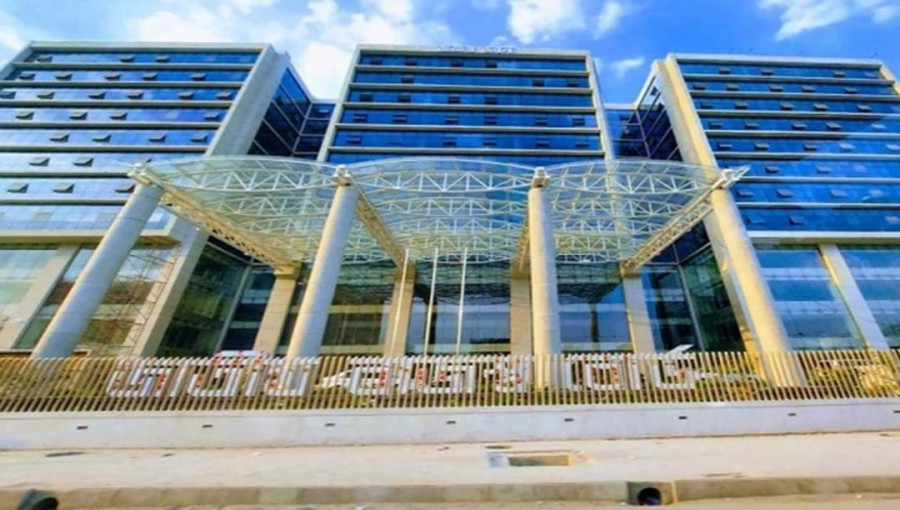
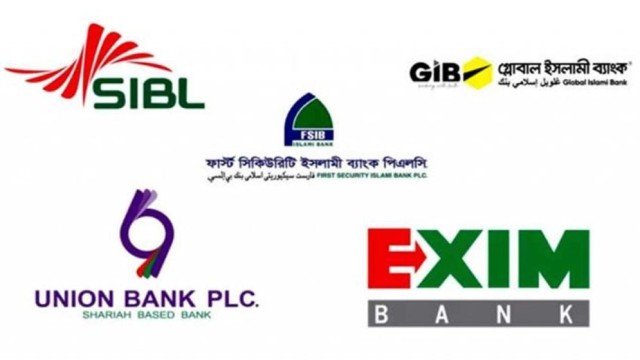






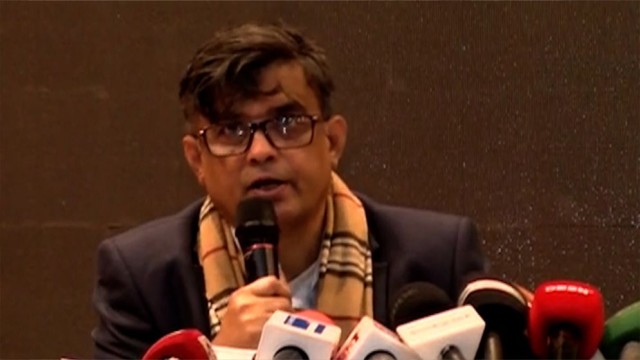
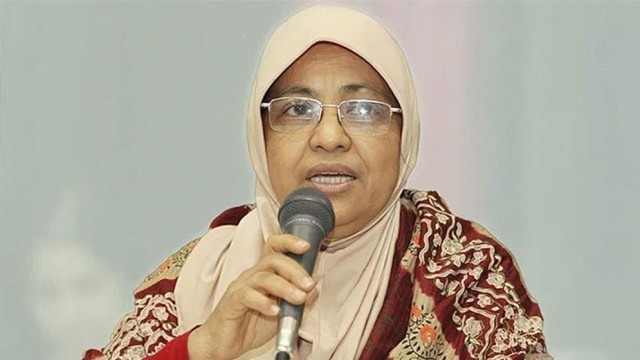

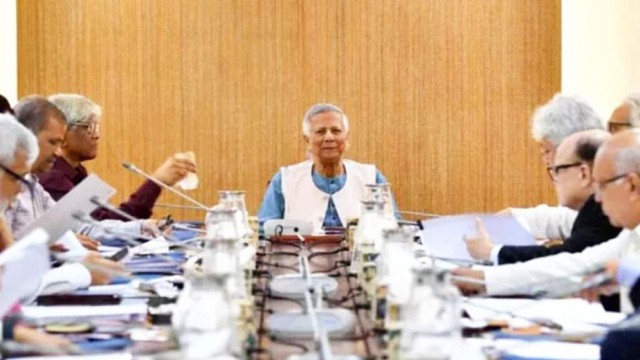
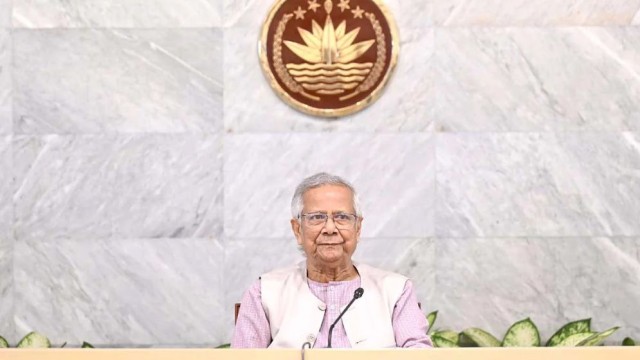
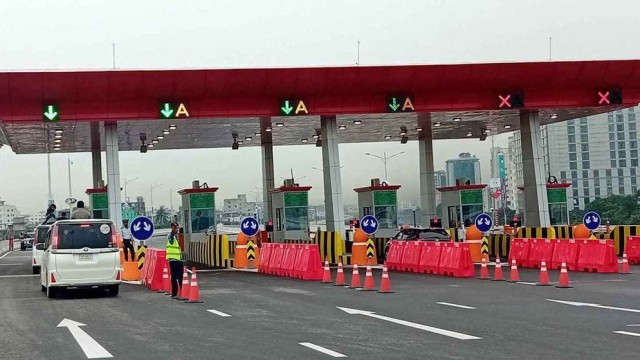


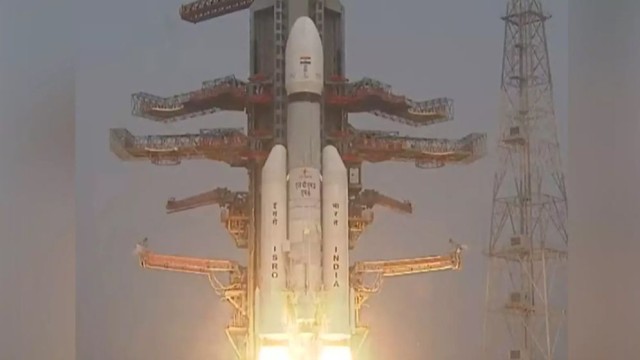










Comment: